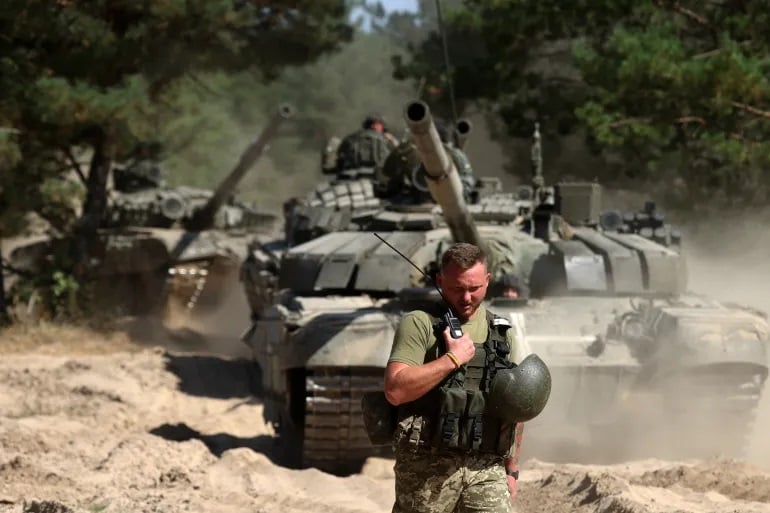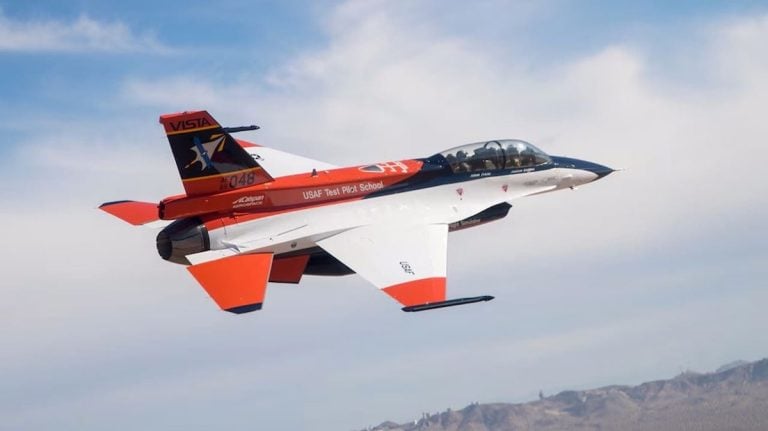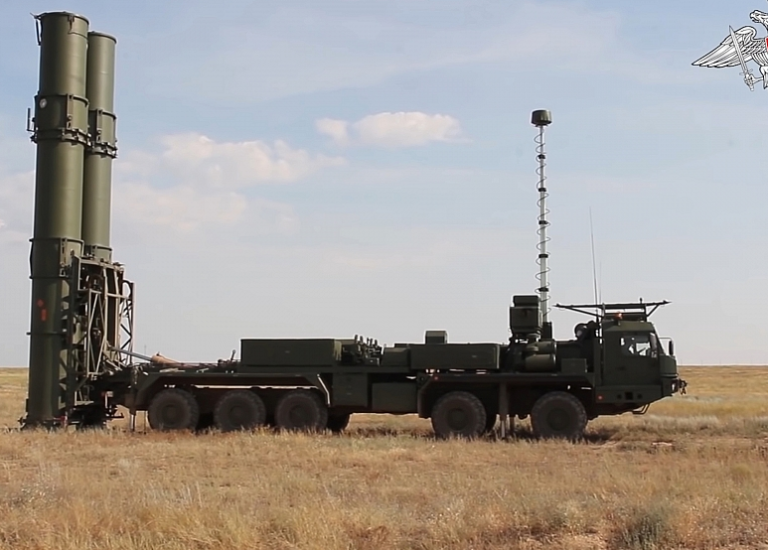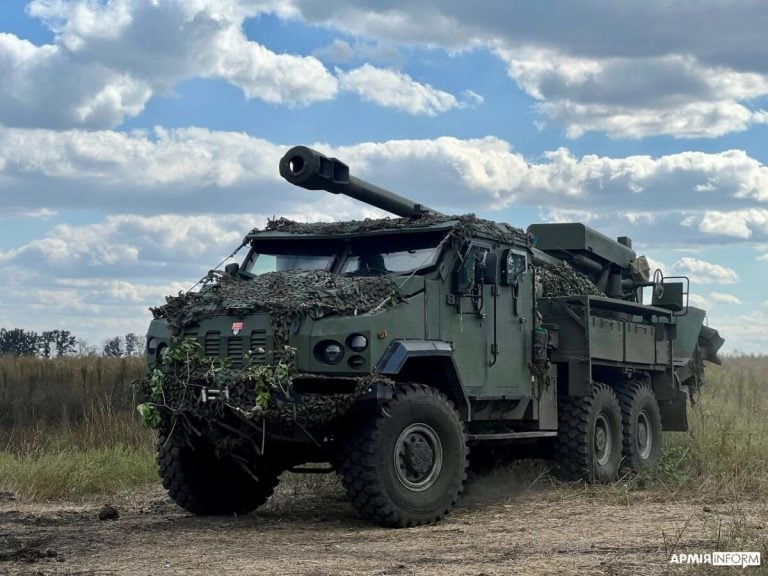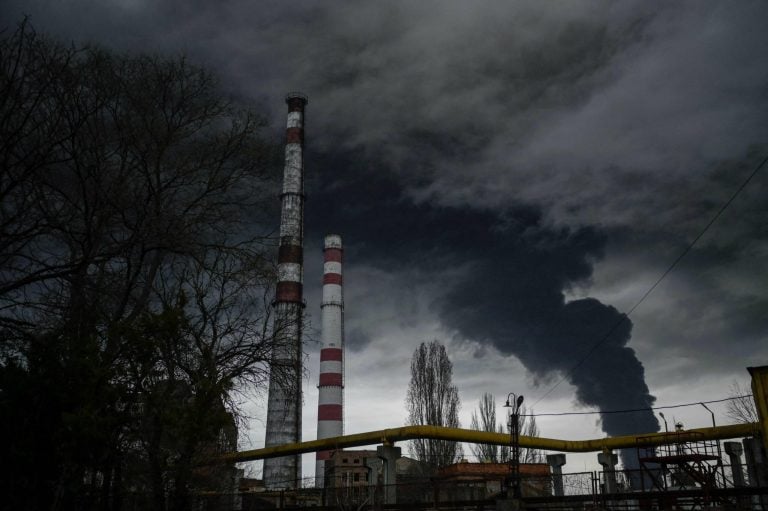Global military spending surged dramatically in 2024, reaching $2.718 trillion, a notable 9.4 percent increase from the previous year. This marks the largest annual rise in military expenditures since the Cold War’s conclusion. The report by the Stockholm International Peace Research Institute (SIPRI) highlights an ongoing trend of rising military budgets worldwide, particularly pronounced in Europe and the Middle East. This marks the tenth consecutive year of increased spending.
The United States led the pack as the top military spender, followed closely by China, Russia, Germany, and India. SIPRI researcher Xiao Liang pointed out, “As governments increasingly prioritize military security, often at the expense of other budget areas, the economic and social trade-offs could have significant effects on societies for years to come.”
In Europe, military expenditures escalated by 17 percent, totaling $693 billion, driven primarily by the ongoing war in Ukraine and the European Union’s initiatives to bolster defense and deterrence against potential larger conflicts. Russia’s military budget grew significantly, reaching $149 billion—a 38 percent increase from 2023. Meanwhile, Ukraine’s military spending saw a relatively modest increase of 2.9 percent, totaling $64.7 billion.
Significant budget increases were also seen in Central and Western Europe. Germany’s military expenditures surged by 28 percent to $88.5 billion, while Poland experienced an even sharper rise of 31 percent, reaching $38 billion. Notably, eighteen of the thirty-two NATO members now allocate at least 2 percent of their GDP to defense. Collectively, European NATO members accounted for $454 billion, which is approximately 30 percent of the alliance’s total military expenditure. In comparison, the U.S. remains the largest contributor, with a military budget of $997 billion, constituting 66 percent of NATO’s total spending and 37 percent of global military expenditures. SIPRI noted that a substantial portion of the U.S. military budget for 2024 was earmarked for modernizing military capabilities and the nuclear arsenal to sustain a strategic advantage over Russia and China.
In the Middle East, military spending reached $243 billion, marking a 15 percent increase from the previous year. Saudi Arabia emerged as the region’s leading military spender and ranked seventh globally, with its defense budget rising by 1.5 percent to over $80 billion. Israel’s military expenditure notably surged by 65 percent, reaching $46.5 billion, influenced by ongoing conflicts with Palestine and Lebanon, and accounting for 8.8 percent of its GDP. Amid this instability and a fragile ceasefire, Beirut increased its military budget by 58 percent, reaching $635 million.
In Asia, China maintained its position as the second-largest military spender globally, increasing its defense budget by 7 percent to $314 billion. This continued growth over three decades has established Beijing as responsible for half of the region’s military expenditures, with a focus on modernizing its armed forces and expanding capabilities in cyber warfare. Additionally, India reported a 1.6 percent increase in military spending, now totaling $86 billion, while Japan’s defense budget rose by 21 percent—the largest increase since 1952—reaching $55.3 billion. Taiwan also enhanced its defense budget by 1.8 percent, totaling $16.5 billion, in response to escalating tensions with China.
